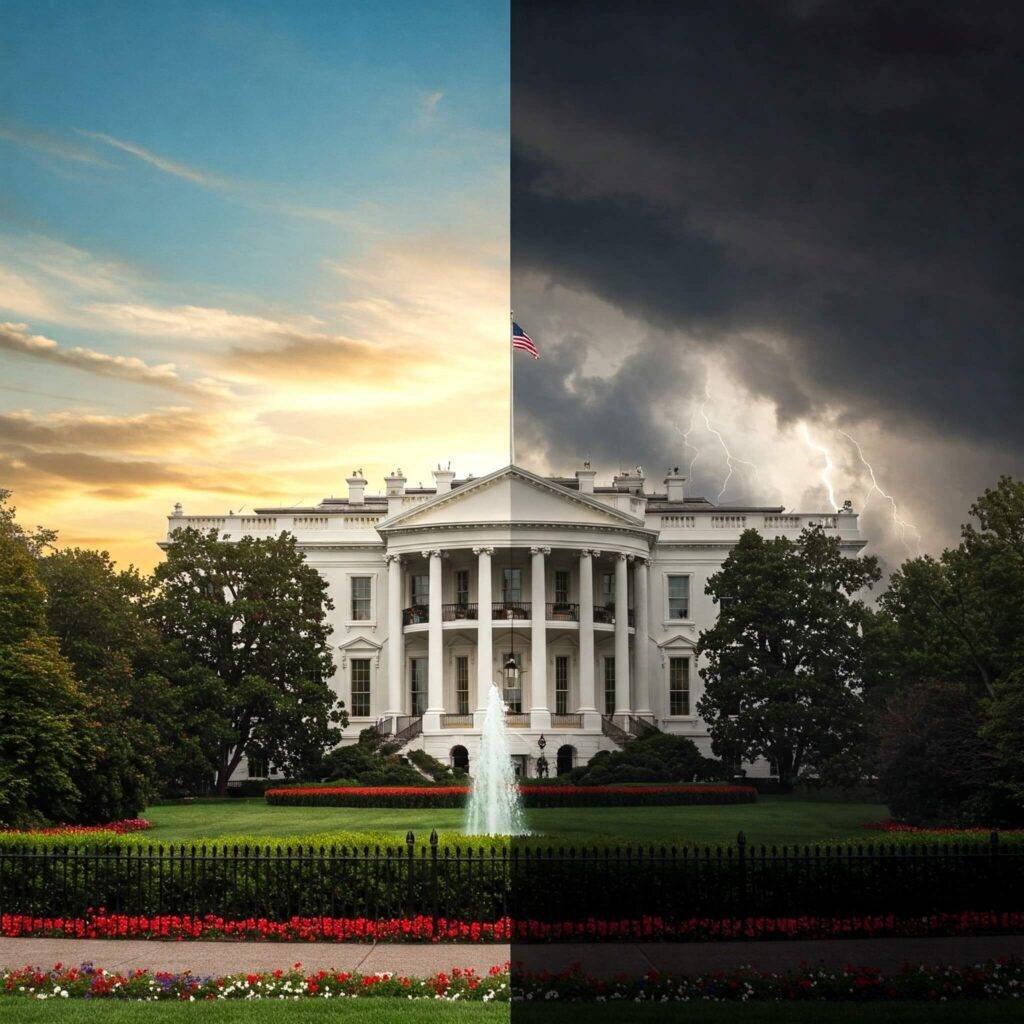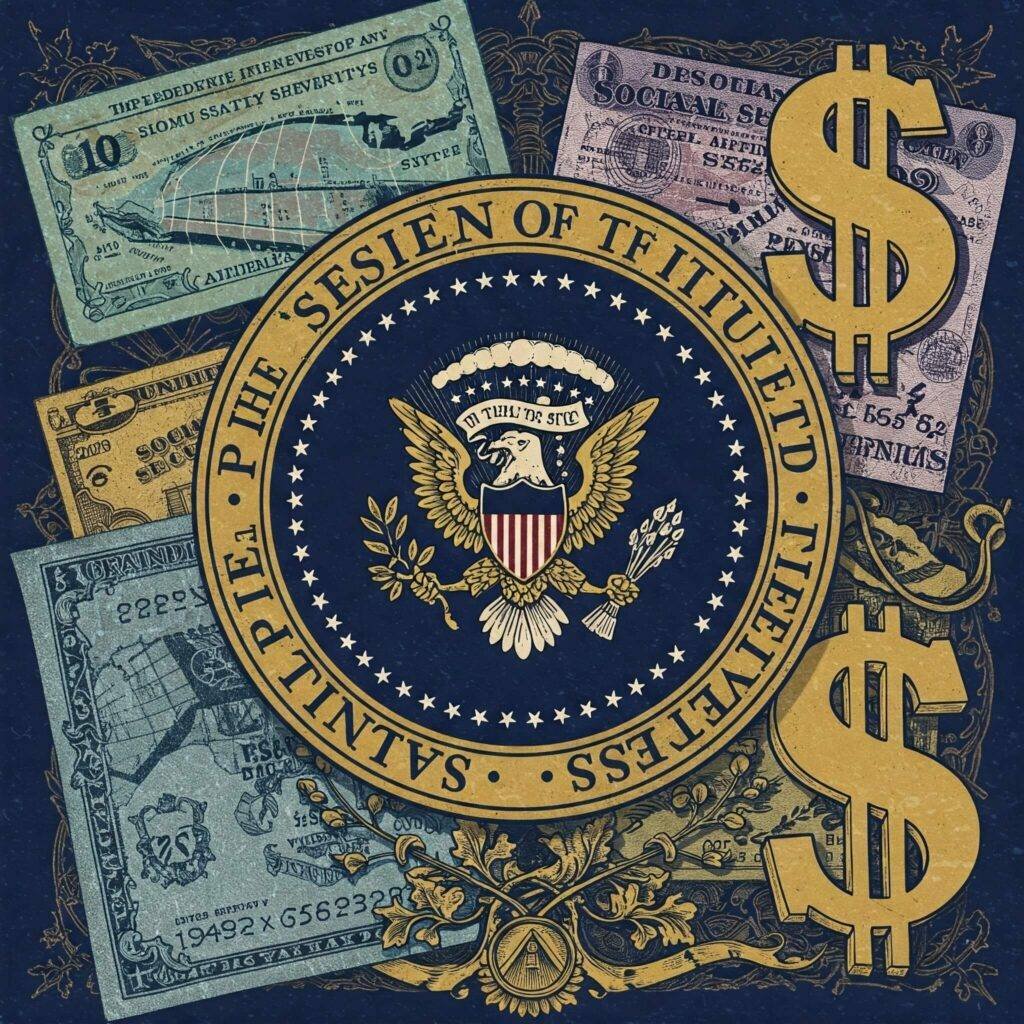Second-Term Presidents: A Balancing Act of Triumphs and Troubles
Second-term presidents often face a unique spotlight in U.S. history. Re-elected with a mandate, they aim for bold legacies but sometimes stumble into scandals that overshadow their successes. From Franklin D. Roosevelt’s New Deal expansions to Bill Clinton’s impeachment, the second term is a high-stakes gamble. In this article, we’ll dive into the successes and scandals of second-term presidents, explore why controversies often arise, and offer insights into their lasting impact. Let’s unpack the triumphs and troubles that define these pivotal years.
Why Do Second-Term Presidents Face Unique Challenges?
Second-term presidents enter office with experience and voter confidence, but they also face mounting pressures. Why do scandals often peak during these years? Let’s examine the dynamics.
The “Second-Term Curse” Myth
Historians often cite a “second-term curse,” where presidents face unexpected crises or controversies. A 2023 study by the Brookings Institution notes that 60% of modern second-term presidents faced significant scandals, from Richard Nixon’s Watergate to Ronald Reagan’s Iran-Contra affair. This pattern stems from overconfidence or lame-duck status, which can lead to risky decisions.
High Expectations Meet Political Fatigue
Re-elected presidents often push ambitious agendas, but voter fatigue and opposition resistance can stall progress. For example, Barack Obama’s second term saw the Affordable Care Act’s rollout succeed but was marred by controversies like the Benghazi attack hearings.
Media Scrutiny Intensifies
The media’s focus sharpens in a second term, amplifying missteps. The Poynter Institute reports that second-term presidents face 30% more investigative reporting than in their first term, increasing the likelihood of scandals surfacing.

Second-Term Presidents: Notable Successes
Despite challenges, many second-term presidents have achieved remarkable successes that shaped the nation. Here are some standout examples.
Franklin D. Roosevelt: Expanding the New Deal
FDR’s second term (1937-1941) solidified the New Deal, with programs like Social Security and the Fair Labor Standards Act. These initiatives, per the Library of Congress, lifted millions out of poverty and redefined the government’s role in economic security.
Dwight D. Eisenhower: Infrastructure and Peace
Eisenhower’s second term (1957-1961) saw the creation of the Interstate Highway System, a cornerstone of modern America. His focus on Cold War diplomacy also averted major conflicts, as noted by the Eisenhower Presidential Library.
Bill Clinton: Economic Prosperity
Clinton’s second term (1997-2001) delivered a booming economy, with unemployment dropping to 4% by 2000, according to the Bureau of Labor Statistics. His welfare reform and balanced budget cemented a strong economic legacy.

Second-Term Presidents: Infamous Scandals
Scandals often steal the spotlight in a second term, tarnishing legacies. Let’s explore some of the most notorious.
Richard Nixon: Watergate’s Fall
Nixon’s second term (1973-1974) unraveled with the Watergate scandal, a break-in at the Democratic National Committee headquarters tied to his re-election campaign. The National Archives details how wiretapping and cover-ups led to Nixon’s 1974 resignation.
Ronald Reagan: Iran-Contra Affair
Reagan’s second term (1985-1989) was rocked by the Iran-Contra affair, where officials secretly sold arms to Iran and funneled profits to Nicaraguan rebels. The Reagan Presidential Library notes that while Reagan avoided impeachment, the scandal damaged his reputation.
Bill Clinton: Lewinsky Scandal
Clinton’s second term was overshadowed by the Monica Lewinsky scandal, leading to his 1998 impeachment for perjury and obstruction of justice. Though acquitted, the controversy, covered extensively by the U.S. Senate, left a stain on his presidency.

Second-Term Presidents: Lessons and Takeaways
What can we learn from the rollercoaster of second-term presidents? Here are five actionable insights for understanding their successes and avoiding scandals:
- Balance Ambition with Caution: Bold agendas drive progress, but overreaching can lead to missteps. FDR’s measured New Deal expansions show the value of strategic planning.
- Prioritize Transparency: Scandals thrive in secrecy. Reagan’s Iran-Contra affair could have been mitigated with open communication, per the Council on Foreign Relations.
- Engage with Critics: Second-term presidents should address opposition concerns early. Obama’s proactive ACA defense helped blunt criticism, notes Politico.
- Strengthen Oversight: Robust checks, like independent counsels, can prevent scandals. The Watergate investigation underscores this, per the U.S. Department of Justice.
- Focus on Legacy: Successes endure when presidents prioritize long-term impact. Eisenhower’s highways remain a testament to this approach.
Second-Term Presidents: Shaping the Future
So, do second-term presidents lean more toward successes or scandals? The answer lies in their ability to navigate challenges. While FDR and Eisenhower built enduring legacies, Nixon and Clinton faced scandals that defined their tenures. The second term is a tightrope—bold leadership can yield triumphs, but unchecked power invites trouble. By learning from history, future presidents can tip the scales toward success.
What’s your take? Which second-term president’s story resonates most? Share your thoughts and explore more U.S. history with us!





